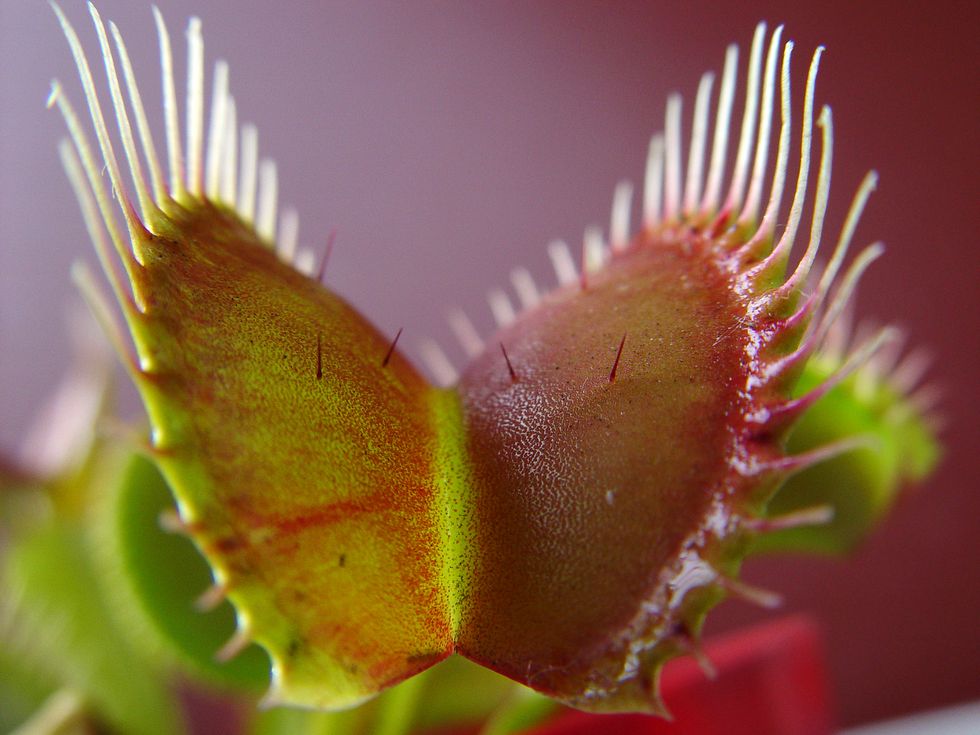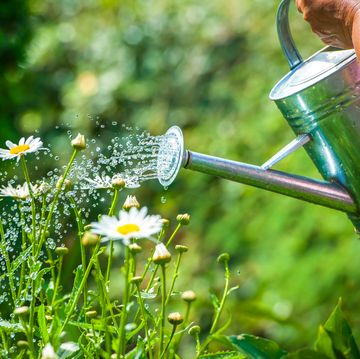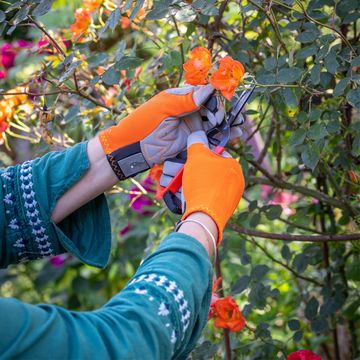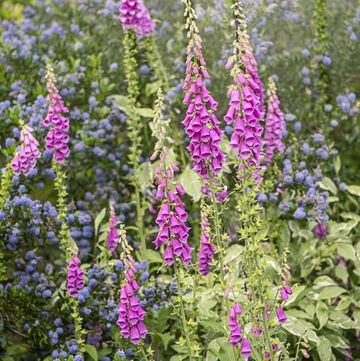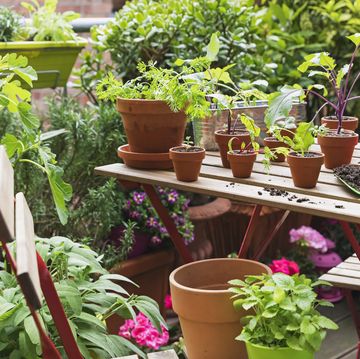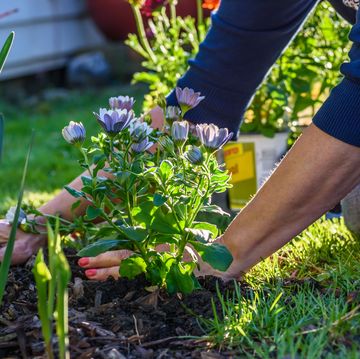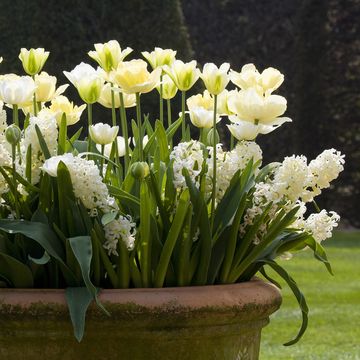After featuring in the 2023 John Lewis Christmas advert, venus flytraps are trending. In the ad, a little boy named Alfie tries to plant and grow his own Christmas tree – but the seed produces a venus flytrap rather than a festive pine. The hungry and growing plant finds a special place in the boy's heart.
Venus flytraps are carnivorous plants capable of exactly what their name suggests: trapping and absorbing flies. But how do these almost mythical plants work, how can we grow and care for them, and where do venus flytraps thrive the most? Here, we cover everything you need to know about venus flytraps and other carnivorous plants...
What is a venus flytrap?
Venus flytraps are the most well-known carnivorous plant and are able to trap flies and insects and absorb them. They are incredibly interesting evergreen plants which use sweet nectar to attract flies into their jaw-like leaves.
When something touches the inside hairs of their 'trap', an electric charge is sent through the plant signaling that prey is present and the trap snaps shut, enclosing the insect. Interlocking teeth line the edge of the closed trap and the more the prey moves, the tighter it closes, making escape hard for the captured fly.
The trigger hairs must be stimulated twice within 20 seconds for the trap to close, suggesting that venus flytraps have good short-term memory.
Do venus flytraps actually eat flies?
Once trapped, the venus flytrap uses digestive enzymes to break down the soft tissue of the fly before absorbing it as a nutritious meal. The trap reopens a week after a catch and is ready for another, using what remains of the fly to attract new prey.
Although they are effective plants, venus flytraps aren't alway successful. Larger insects that find themselves caught, like spiders, can easily chew through the plant to escape and absorbing the wrong insects can cause the plant harm.
This too answers the common question of whether or not venus flytraps poop. Flies are absorbed by the plant's enzymes and they do not have a digestive system. Therefore, it does not excrete, according to venusflytrapworld.com.
Do venus flytraps have brains?
Venus flytraps do not have a brain or nervous system.
Zmescience.com state that their "remarkable ability is owed to the plant’s short-term memory. Previous research shows that Venus flytraps can effectively ‘count’ to five. For instance, two touches of the hairs within a 20-second window of time cause the trap to shut while five touches boost the production of digestive enzymes."
Research documented in the Nature Plants journal in 2020 suggests that Venus flytraps' short-term memory is thanks to intelligent calcium signaling. When enough calcium is detected in the leaves, they close.
Can a venus flytrap hurt a person?
A venus flytrap is not powerful enough to hurt a human. What will happen if you put your finger in a venus flytrap is actually more dangerous to the plant than the human, as it causes the flytrap to expend energy unnecessarily.
The truth is that humans pose much more threat towards a venus flytrap than the other way round. These carnivorous plants can easily be killed if not cared for correctly. For example, they cannot be fed tap water and need special compost. More on this below.
How hard is it to keep a venus flytrap alive? 6 care tips
If you know how to look after a venus flytrap correctly and you stick to the rules, then it is easy to keep them alive and thriving. They do, however, have very different requirements to other plants so you must do your research before taking one on. Here's how to grow and care for a venus flytrap.
Sunlight – Venus flytraps need lots of sunlight to flourish. If you are growing one indoors, put it on the sunniest windowsill. Plenty of sunlight will keep its leaves strong and sturdy. Lack of sun will cause them to wilt and flop. You can use artificial grow lights too.
Humidity – Venus flytraps like humidity so do well in a terrarium, although they can survive outside of one too. For this reason, they like greenhouses and conservatories too.
Winter dormancy – From November to February, put your venus flytrap somewhere cold so it can go dormant through the winter. Its leaves will turn black and will die back. Take off any dead leaves and consider repotting if needs be in March, before it begins to grow again.
Water – When starting out, many people ask whether tap water will kill a venus flytrap – and the answer is yes. Venus flytraps cannot be given tap water because the build-up of minerals will kill them. They need pure water. Use rain water or distilled water to feed them. During the summer months, venus flytraps should be watered by keeping them sat in 1cm of water. Do not water them from above. During dormant winter months, the soil only needs to be damp, not wet.
Soil – Venus flytraps must be planted in a sphagnum-based soil mix which is high in acidity. You can buy this especially for your plant – see products below. Do not add any fertiliser to the soil.
Flowers – A mature venus flytrap might produce flowers that grow tall, high above the tapping leaves. The height is necessary so that pollinators don't get caught. Each flower produces seeds that can be collected.
Can I feed my venus flytrap dead bugs?
We already know that venus flytraps digest flies. If they are kept outside, they are likely to have plenty of chances to feed and the more they feed the stronger they become.
Venus flytraps kept inside might have less access to insects so the owner must feed them themselves using dead insects. You cannot overfeed a venus flytrap but it is advised that only one leaf should be feeding at a time.
When you put the insect inside the leaves you may need to move it around a bit to help stimulate the trigger hairs.
Carnivorousplantstips.com says: "A venus flytrap should be fed four times a year with the plant being fed three bugs per feeding."
How long do venus flytraps live?
According to the National Wildlife Federation, individual traps in a venus flytrap can only open and close a handful of times before they die and new ones grow up from the stem. It is thought that a venus flytrap can live for 20 years or longer, if cared for correctly, although there is little science to confirm this.
Why might a venus flytrap be closed?
Once a trap has captured prey, it will close within one second, according to Botany.org. It will not close all the way at first, however. A small gap will allow smaller insects to escape before it closes more tightly around the main meal.
The more the fly moves, the tighter the trap closes and, once digestion has begun, the trap will stay closed for a week before reopening.
What other carnivorous plants are there?
There are a variety of carnivorous plants, most of which are herbaceous perennials or evergreens. It is important to remember that all carnivorous plants need the correct compost formula and water to grow and thrive, so research is required. Here are some of the most popular:
Sundews or 'flypaper' (drosera) – These are one of the largest groups of carnivorous plants. They grow long sticky tentacles to trap prey. They can be grown indoors or outdoors, depending on the variety.
Butterwort (pinguiciula) – Similar to sundews, butterworts produce a sticky dews to catch their prey. They have light green leaves and tall purple flowers.
Monkey cups (nepenthes) – These are impressive looking tropical plants which grow pitchers that hang down. They need shade and high humidity and are good for greenhouses.

